The placenta tincture is a curious beast. Both tinctures and placenta encapsulation have been touted by homeopaths as cure-alls for every womanly woe in existence, from low milk supply to mood swings and exhaustion. Basically, the placenta is the mother of all homeopathic remedies. I’m going to talk about what exactly a placenta tincture is, what you can use it for, and how to make, store, and use it.
Warning: This post is not for women who scoff at or flat-out don’t believe in the power of natural healing. I want to be clear: I love modern medicine, vaccines, antibiotics, and medical doctors. They will always be my first choice when something’s not right with me or my children. That being said, I also believe in the power of our OWN bodies – and particularly, our minds.
I think believing your remedy is going to work is at least half of what makes it actually work. The placebo effect has been proven time and time again across multiple psychological and medical studies. Since the proper use of a placenta tincture should not harm you in any way, there is absolutely nothing wrong with giving it a try.
Do I think a placenta tincture is effective solely because women believe it is? Not necessarily. There’s some pretty compelling evidence that it does actually provide a lot of physical benefits. After all, it’s the thing that nourished and grew your baby for nine months, so it’s definitely full of some great stuff (like stem cells and hormones).
Disclaimer
This article provides general information and discussions about health and related subjects. The information and other content provided in this article, or any linked materials, are not intended and should not be construed as medical advice, nor is the information a substitute for specific professional medical expertise or treatment.
If you have a medical concern, consult your healthcare provider or seek other professional medical treatment. Never disregard professional medical advice or delay seeking it because of something you’ve read on this website or in any linked materials. If you think you may have a medical emergency, call your doctor or emergency services immediately.
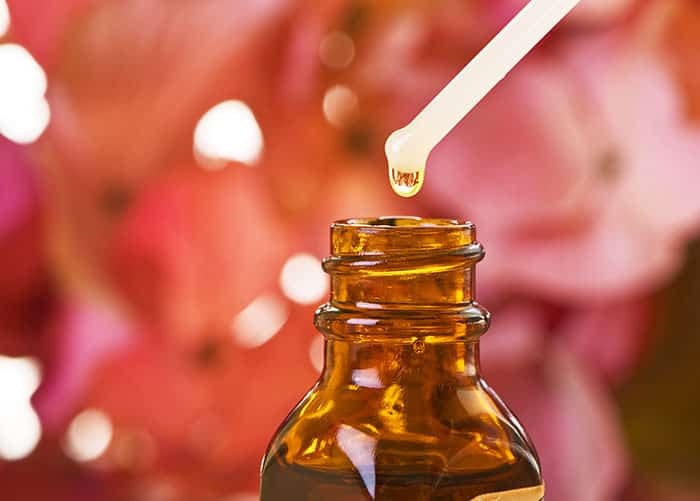
What is Placenta Tincture?
A placenta tincture is the concentrated solution formed after your raw placenta has been steeped in alcohol for up to six weeks. It’s a great way to preserve the hormones and stem cells from your placenta without cooking it or drying it out and will last infinitely longer. Many people believe it helps relieve certain physical, emotional, and psychological symptoms, particularly those related to postpartum depression.
Placenta Tincture vs. Essence vs. Encapsulation
A tincture is a highly concentrated alcohol solution that is diluted at the time of consumption. The essence is made very similarly to a tincture but is stored in an already-diluted form. With encapsulation, the placenta goes through a much more complex process of being steamed, dehydrated, ground up, and put into pills for you, the mother, to consume.
Placenta tinctures and essences you can easily make at home. Encapsulation will have to be done by a professional but is a more appealing option to women who don’t want to drink a liquid form of their placenta. However, it may be difficult to find someone local who can do placenta encapsulation (you can search for one near you here).
Placenta Tincture Uses & Benefits
Some people believe that a baby’s placenta has certain qualities that are, well, magical. Women use it to treat the symptoms of postpartum depression, PMS, and menopause. Illnesses in both women and children that have been resistant to traditional medicine have allegedly been improved or cured by placenta tincture.
Placenta tinctures given to the children whose placentas they’re created from have been reported to boost the child’s immune system and fight disease and illness. This is because the placenta contains stem cells which have proven to be of immeasurable value in modern medicine as well as homeopathic treatments. But because the tincture has a high alcohol concentration, you should consult your homeopath (or doctor) before administering it to a child and it should always be extremely diluted with juice or water. You can perform a search for a registered homeopath here.
According to its users, a placenta tincture is good for:
- Increased milk supply
- Mood stabilization
- Shrinking the uterus back to normal size after childbirth
- Bonding with your baby (via oxytocin)
- Improved mindset (relief from depression)
- Better sleep/cured insomnia
- Boosting your immune system
- Restoring iron levels and fighting anemia
- Helping secondary infertility
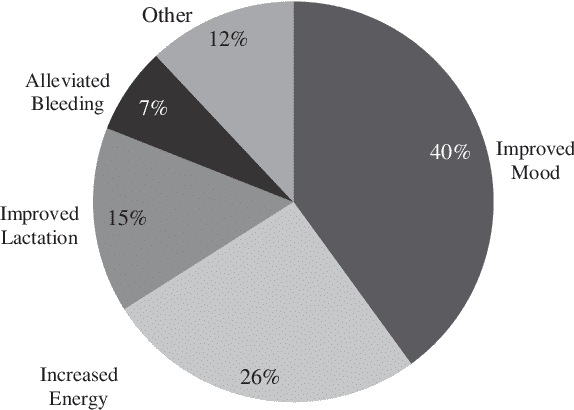
Reported positive effects of consuming placenta products
While the tincture isn’t guaranteed to cure all of these problems, there are no known risks of drinking it sparingly and while diluted.
This post may contain affiliate links. If you make a purchase after clicking one, I may receive a small commission at no cost to you.
How to Make Placenta Tincture
These placenta tincture instructions are incredibly easy and require no special equipment. The main thing you’ll need is time and patience! As for how to get your placenta, just ask your obstetrician, doula, or midwife to keep that thing on ice right after it comes out and freeze it in a vacuum-sealed bag until you’re ready to use it.
Other things you’ll need:
- Small piece (from the size of a pea up to 1 inch) of your fresh placenta
- High-quality vodka (Grey Goose, Absolut, or Skyy will be fine)
- Glass mason jar with a tight seal
- Coffee filter
- Dropper bottle (I recommend these amber glass bottles)
Instructions:
- Take a small piece of fresh (or thawed from frozen) placenta and combine it with a high-quality vodka, sealing tight in a glass mason jar.
- Keep the jar in a cool, dark place for two to four weeks. Pick up the jar and swirl it every day to encourage the blending of placental cells with the alcohol.
- Using a coffee filter (preferably unbleached), strain the liquid into a new mason jar and discard the placenta solids.
- Fill a small dropper bottle from the mason jar as needed for daily use.
- Continue to keep the finished liquid in a cool, dark place.
How to Use Placenta Tincture
While you will not want to drink placenta tincture straight, the easiest way to consume it is by adding 10-40 drops to a glass of water, coffee, or tea two or three times a day as needed. Due to its potency, it is not recommended for daily use, but only during times of severe hormonal symptoms.
If you’re not having any hormonal issues or signs of depression, you should NOT use a tincture as it may actually disrupt your normal, healthy hormonal balance.
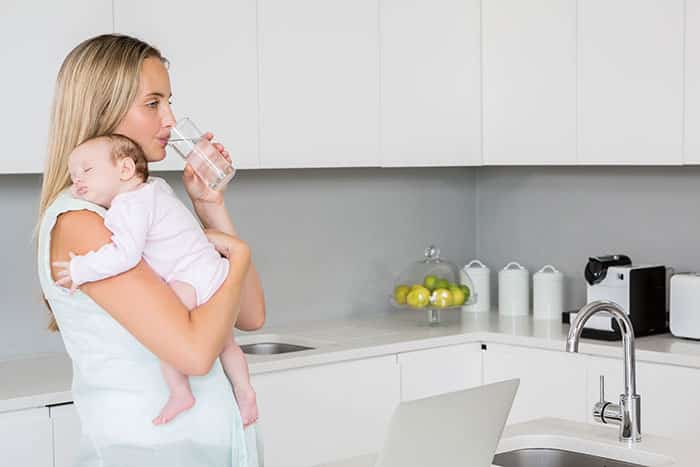
Placenta Tincture Shelf Life & Expiration
If stored properly in a cool, dark place, your jar of placenta tincture should last indefinitely. It does not have an expiration date. You’ll want to hang on to it, too – many women report that their placenta tinctures help relieve the symptoms of menopause later on in life.
As a woman experiencing early perimenopause following a total hysterectomy at the age of 31, I can assure you any natural remedies for the hot flashes are worth a try. Hormones that can be prescribed by your doctor have been linked to increased risks of certain cancers, and I’m avoiding them throughout my transition if I can help it.
Each refill of accessible tincture in the dropper bottle, however, is recommended to be used within or discarded after a year (as it is exposed to the air more frequently).

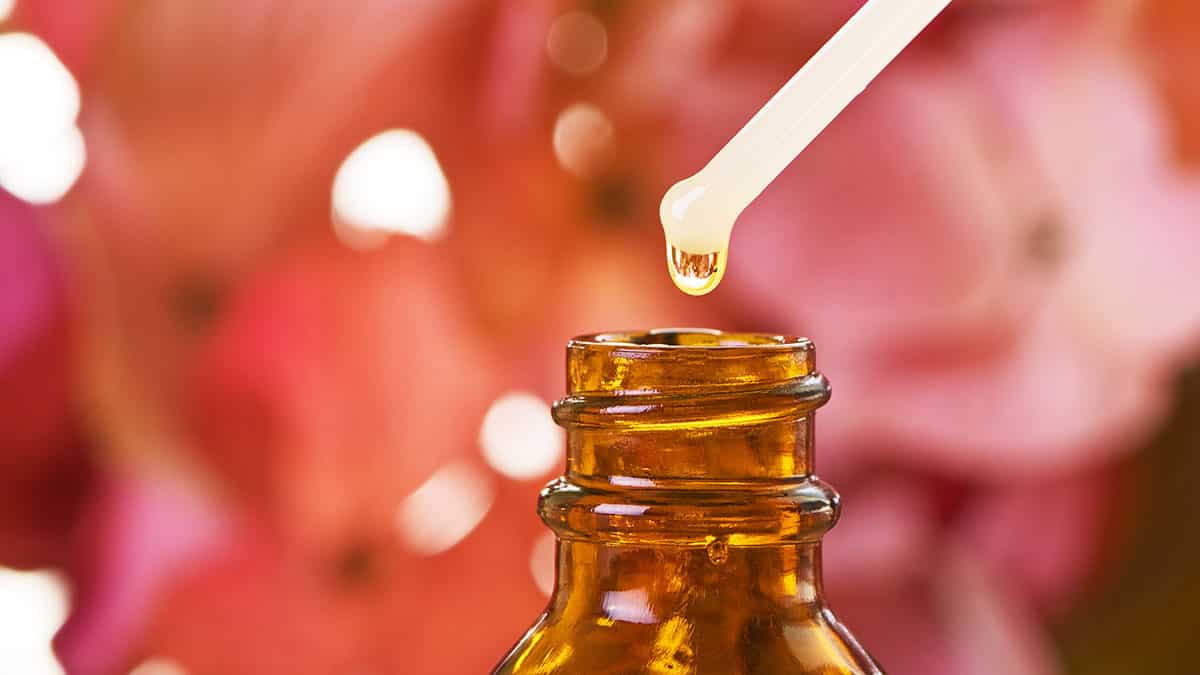
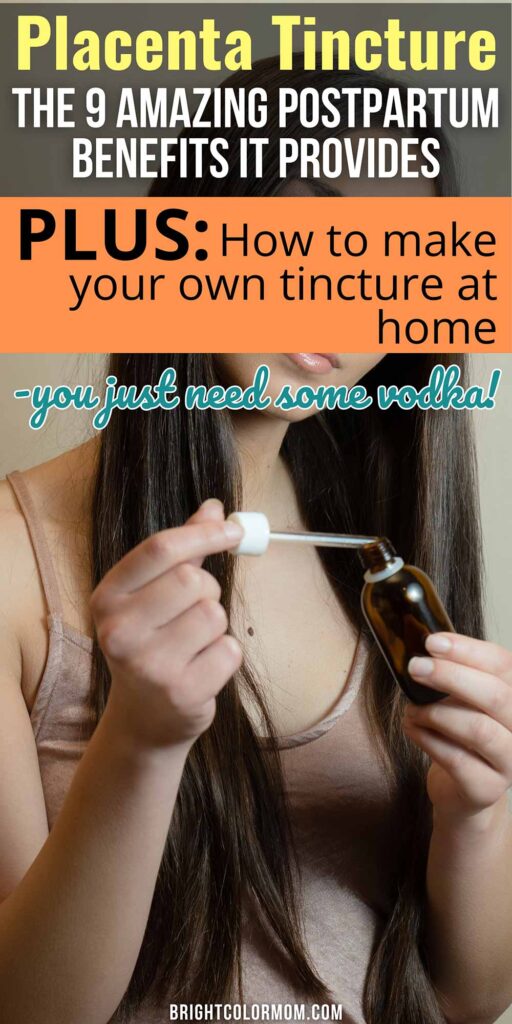
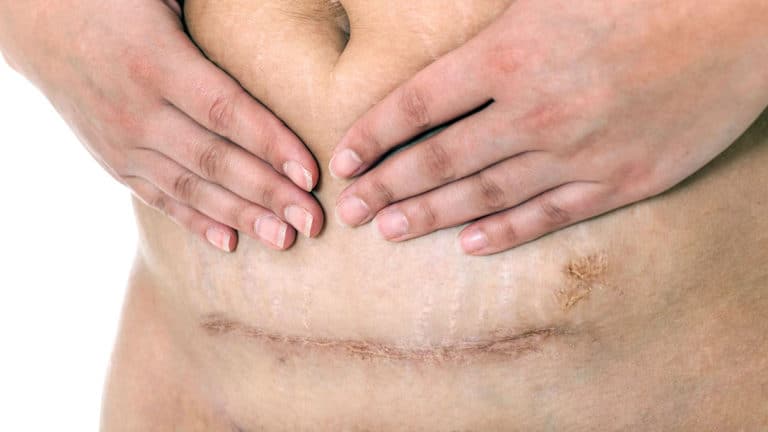


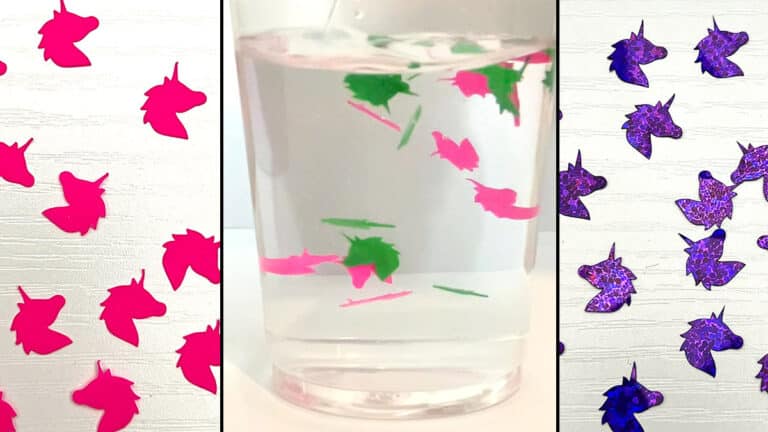
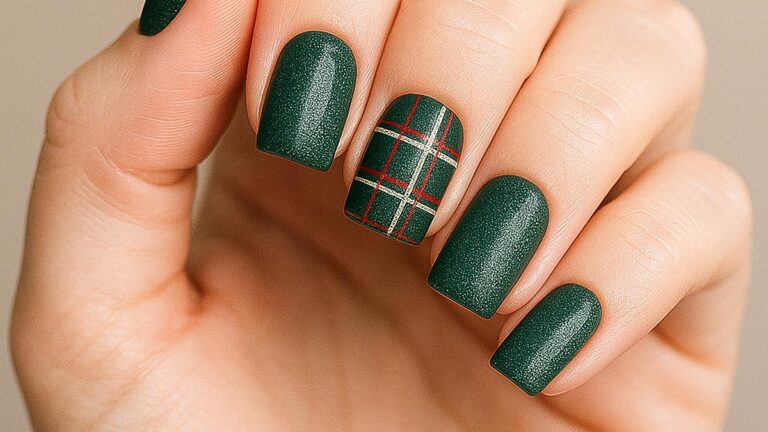

This is a great article. My wife is about to give birth to our twins and a doula quoted us $200+ for a raw tincture. I am experienced in Homeopathy and thought – why don’t I just do the MT instead of paying for it. The article help clarify a couple of things for me, so I am going to doing this myself!
Thanks so much!
I am SO happy I was able to help, Al! Congratulations on your twins!!
Is it still safe to use my tincture if I didn’t shake it everyday? We had my placenta encapsulated and she gave us a tincture in a dropper bottle with instructions to shake daily and use anytime after 6 weeks postpartum. I honestly forgot about the tincture and my son is almost 4 months old. It’s been stored in a dry dark place but not shaken.
Does the dropper bottle contain any of the placenta, or was the liquid placed into the bottle after the tincture had been prepared for several weeks in a separate container? If it has bits of the placenta in the bottle, I would shake it and watch to see if the bits separate and float freely throughout the liquid. If the pieces stay melded to the bottom, I would discard the tincture. If pieces do separate, shake it vigorously twice a day for the next 2-3 days at least to redistribute the contents evenly before using. If there are no pieces at all, a single good shake should make it ready to use! It should be good for at least two years postpartum.
Hey there! Hoping to request more specifics on the amount of placenta and alcohol used. Does it matter if there are membranes on it or if it’s cord being used? Thank you!
Hi Emmalee! I recommend about 1 inch of the placenta per eight ounces of alcohol. It is not recommended that you use membranes or the cord, as they are not the same type of tissue as the placenta.
I got a placenta tincture with my first and with all the new mom brain and changes in my life, I put it in the fridge and kind of forgot about it.
That being said…is it ruined? If not, what should I do to make sure it is good to use?
Hi Cat!
If your tincture has bits of the placenta in it, shake it and watch to see if the bits separate and float freely throughout the liquid. If they stay stuck to the bottom, I would throw it out. If pieces do separate, shake it twice a day for at least a couple of days before using.
If there are no pieces at all, a single good shake should make it ready to use! It should be good for at least two years postpartum, since alcohol should be the major ingredient. Keeping it in the fridge is a great idea for a long tincture life!
I’ve currently had my tincture for a bit over 2 1/2 years. The person who made it never told me to remove the piece of placenta so it’s just been sitting in there. Is it still safe to use since it’s in alcohol?
If the chunk is sticking to the jar, I would throw out the tincture. If it still floats freely, it should be safe to use! 🙂
Hi, New to this and just wondering if anyone has tried to use it on their skin? I am having a c-section and wondering if I put it on the scar area will it help such as using breastmilk on baby rash just wondering lol
I wouldn’t recommend applying this to a scar, as the alcohol content will dry out the skin. Scars need to be kept moisturized to minimize their appearance. Hope this helps!
Love this article. My wife and I are about to have our baby in a few weeks and came across placenta tinctures as an option. One big use case we have is saving for my wife to use during menopause. What is the process for being able save the tincture for several years?
You’ll want to keep it cool, and for that long of a period I would recommend keeping it refrigerated (not frozen) at all times. The high alcohol content helps keep it from going bad, but make sure to occasionally give it a gentle shake to keep the placenta loose and mixing with the alcohol.
You mentioned not to use the tincture if your hormones are well balanced, however, you mentioned it can help with milk supply. How are we supposed to take it to help with milk supply?
Hi Felicia! Low milk supply is often a result of a hormonal imbalance; the two frequently go hand in hand. If you are 100% certain your hormones are as they should be, then it is true I don’t recommend taking the tincture. In that situation I would recommend talking to your doctor to determine the underlying cause of your low milk supply to find the appropriate solution. Thanks!